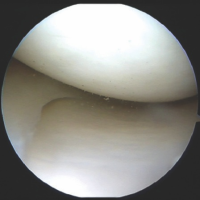
It includes different methods of treatment for knees with mild cartilage damage, meniscal or ligament tears. The key is early diagnosis of the problem and prompt treatment so that it does not worsen and require major surgery in the future!
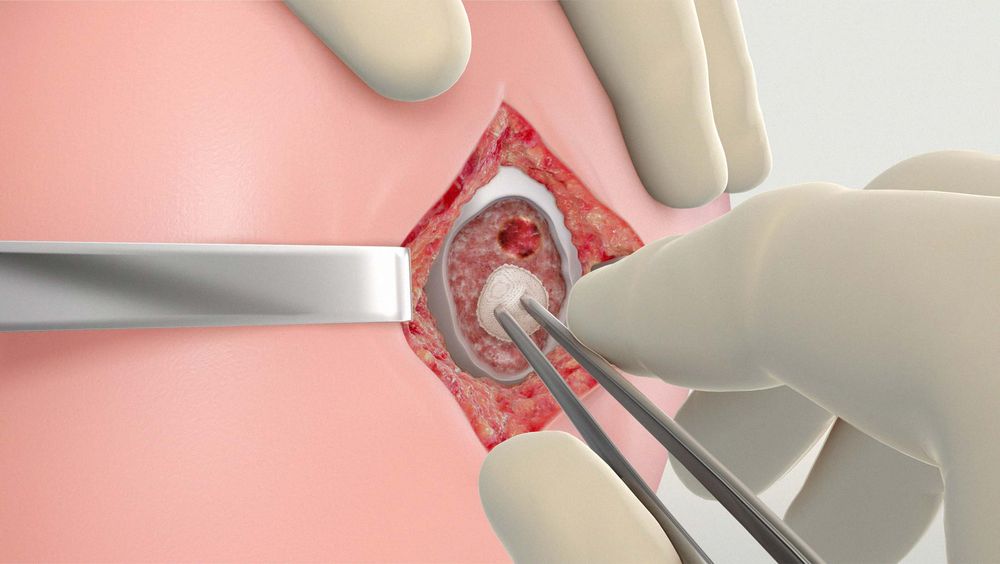
Injured cartilage typically does not heal on its own, so doctors have developed several surgical techniques that attempt to repair, regenerate, and replace cartilage.
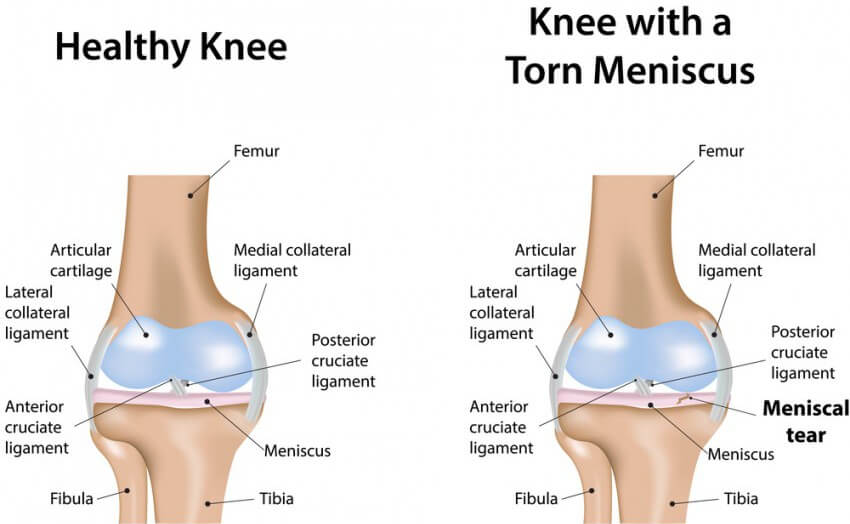
A common injury in which forceful twisting causes certain tissue in the knee to tear. A meniscus tear occurs in the rubbery knee cartilage that cushions the shinbone from the thighbone. The meniscus can tear with forceful twisting or rotation of the knee. Pain, swelling, stiffness and difficulty extending the knee are symptoms. Treatment includes rest, ice, pain relievers and physiotherapy. Less commonly, surgery may be required.
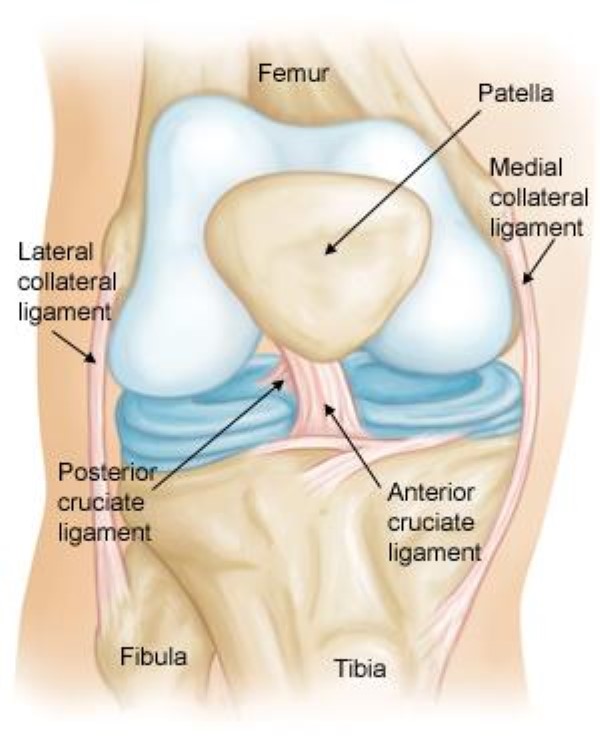
Injury resulting in a tear of one or more ligaments of the knee is referred to as a multiligament knee injury. When an injury affecting a combination of the four major knee ligaments—anterior cruciate ligament (ACL), posterior cruciate ligament (PCL), medial collateral ligament (MCL) and lateral collateral ligament (LCL)—occur, the stability of the knee is compromised. Sports-related injuries and trauma are typically the main culprits that cause multiligament knee injuries.
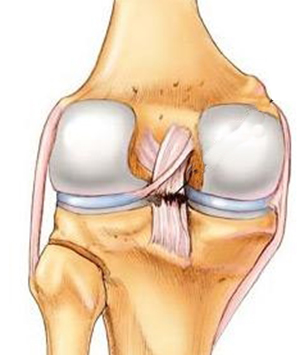
The Anterior Cruciate Ligament (ACL) is one of four major ligaments (ligaments connect bone to bone) of the knee joint that coordinate function and promote stability of the knee joint. It runs in a notch at the end of the femur (intercondylar notch) and originates at the back part of the femur (postero-medial aspect of the lateral femoral condyle) and attaches to the front part of the tibia (tibial eminence). In the knee, the ACL prevents forward movement of the tibia. It also provides roughly 90 percent of stability in the knee joint.